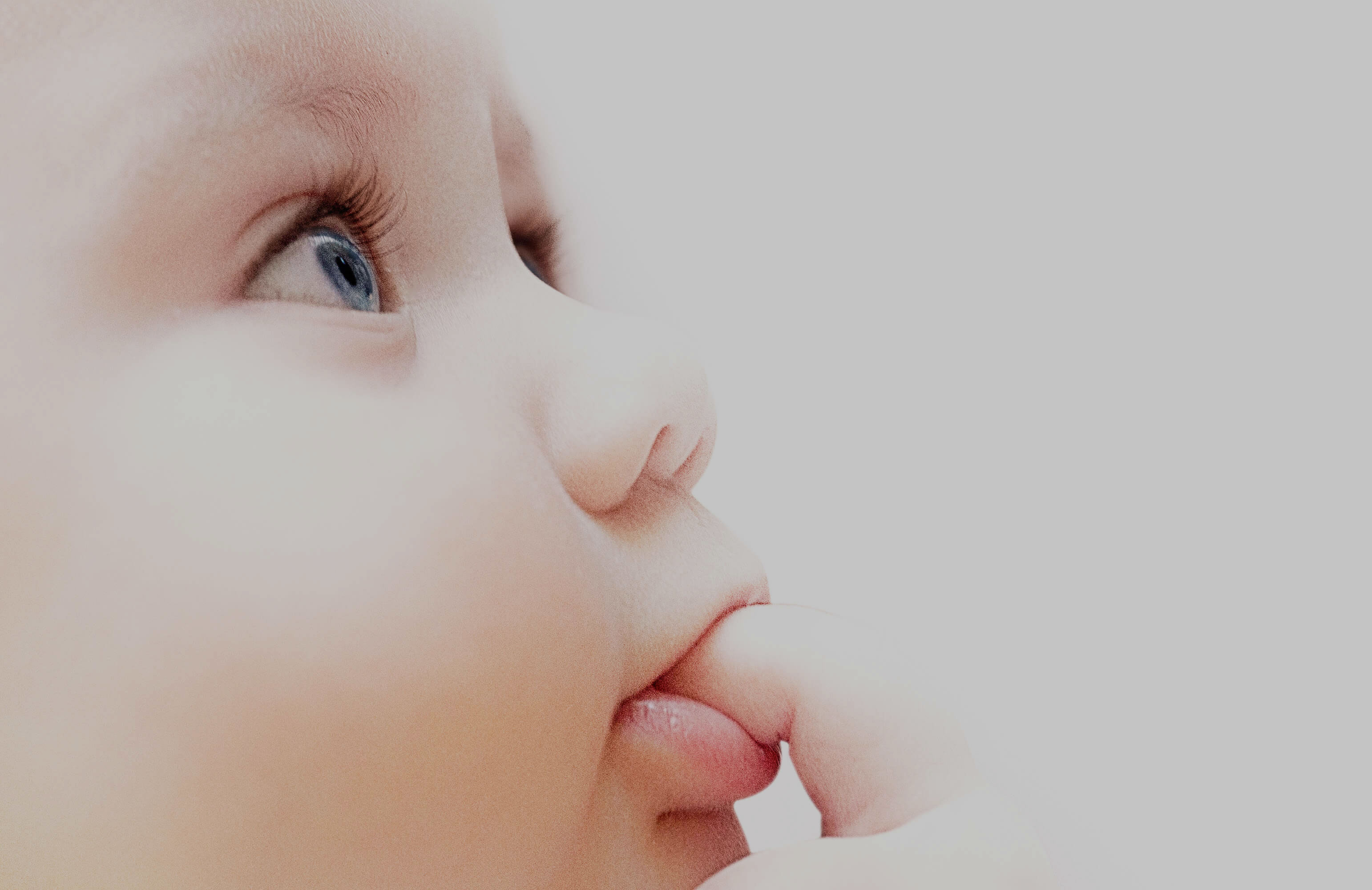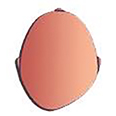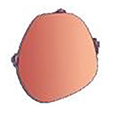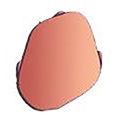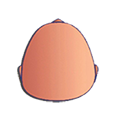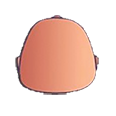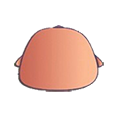1 in 3 children with head deformity
1 in 3 children with head deformity
Since the recommendation of the High Authority for Health (in 1996) to place babies on their backs to sleep in order to avoid sudden infant death, there has been an increase in deformities of the skull in newborns.
The latest scientific studies show that these deformations could have consequences on children's development.
You know, a baby’s head is fragile… but it’s mostly soft and very malleable. This is why too prolonged or too intense pressure or support (prenatal and postnatal) on the baby's skull may cause flat head syndrome.
These deformations can be present from birth or settle gradually during the first months of babies' lives.
Ces déformations peuvent être présentent dès la naissance ou s’installer progressivement au cours des premiers mois de la vie des bébés.
There are 3 types of positional cranial deformities that can affect children: Plagiocephaly, Brachycephaly and Dolichocephaly.
To quantify the extent of deformation of the skull of newborns, the only valid criteria are the measurements of the Cranial Indices (see measurements of the skull)
The most frequent of cranial deformations of infants (85% of cases).
Positional plagiocephaly is characterized by an asymmetrical flattening (right or left) of the back of the child's skull.
In the most marked forms, we observe an advance of the hemifront on the affected side: appearance of a frontal hump and a shift of the ears.
Babies' heads take the form of a « parallelogram».
Note that the presence of a torticollis or a preferential rotation of the baby's head on one side very often causes plagiocephaly.
(3 images of the stages: mild, moderate, severe)
Positional brachycephaly is characterized by a flattening of the entire back of the skull.
More common in « costal» babies or less toned.
In these children, there is a loss of rounding of the posterior part of the skull, enlargement of the top of the head and a forehead.
The heads of babies are described in the form of a « sugar loaf ».
Positional dolichocephaly is an uncommon head deformity. It is mainly present in premature babies and those who were "in the breech position" during pregnancy.
The child's skull is elongated and narrower.
(Image dolichocéphalie)
Certain children can present more complex deformations, which corresponds to the combination of 2 cranial deformations:
Plagiocephaly + Brachycephaly / Plagiocephaly + dolichocephaly
The baby’s head deformities continue to be the subject of much medical research.
The causes that have been accepted by the scientific community can appear in different circumstances: Before, During and After childbirth.
- Poor position of the baby (seat, transverse, engaged too early)
- Lack of amniotic fluid
- Lack of space in the womb
- Multiple pregnancy
- Lack of mom's vitamin D
- Bed rest of the mother
- Baby's early engagement
May create prolonged pressure on the baby's skull and cause deformation.
- Work too long
- Mom with a narrow pelvis
- Poor presentation of the baby
- Difficult passage of the baby
- Instrumental help (forceps, suction cup, spoon)
- Prematurity
- Epidural?
- Triggered by too high-dose oxytocin?
These labor constraints can cause asymmetries in the baby's skull.
- Lack of overall mobility of the baby
- Torticollis
- Existence of preferential rotation of the baby's head
- Extended position on the back
- Prolonged head contact on a hard surface (deckchair, baby seat, cozy, car seat)
- Too little waking time on the stomach
- Lack of portage
- Baby always fed on the same side
These circumstances gradually cause deformations of the baby's head.
Certain risk factors increase the likelihood of developing skull deformities in infants, they primarily concern:
- the first born
- boys (often less active with a heavier head)
- premature babies
- the lack of overall mobility of the baby
- the presence of a Torticollis
- a child who spends a lot of time on his back
- lack of stimulation of the baby by the parents
- exclusive feeding with a bottle (the child's head always resting on the same side in the adult's arms)
It is necessary to differentiate the positional deformations of the skull and the craniostenosis.
Craniostenosis is rare (1/2500 children). It is due to the premature closure of one or more cranial sutures.
Depending on the affected suture (s), the shape of babies' heads is very variable.
Only complementary imaging examinations will make the diagnosis.
Its management is exclusively surgical.
